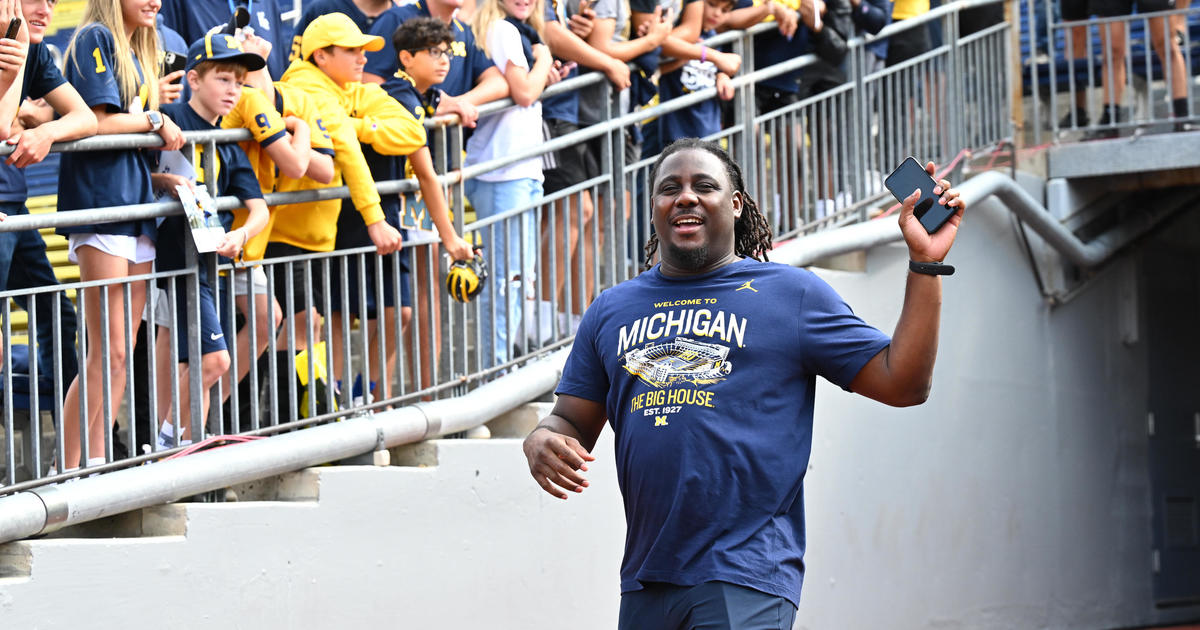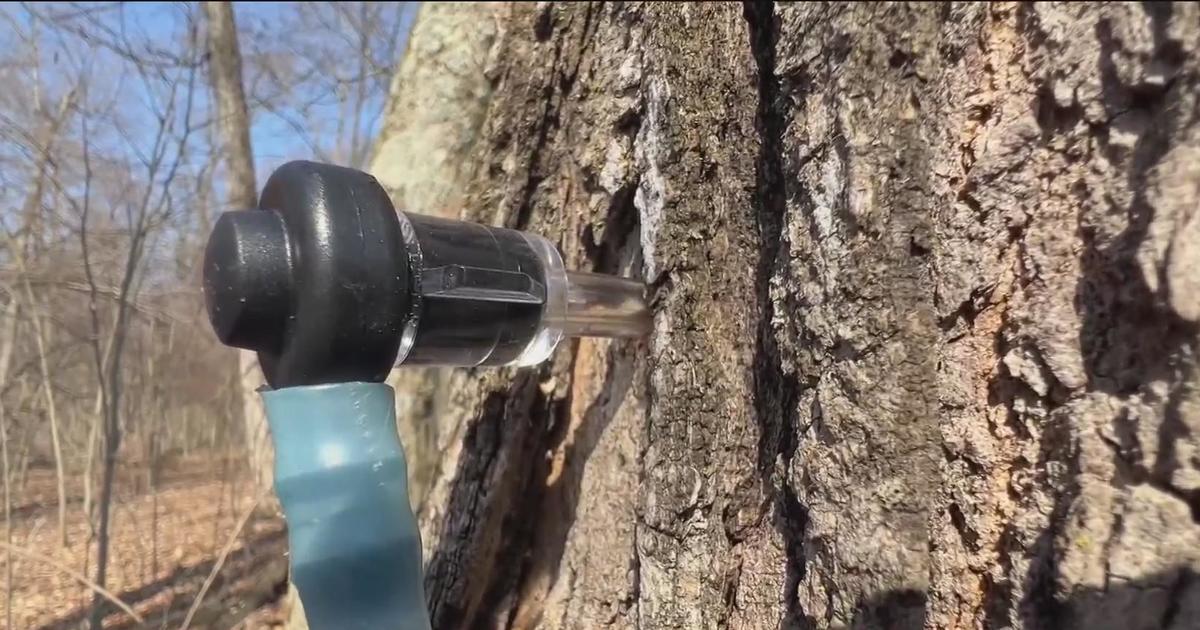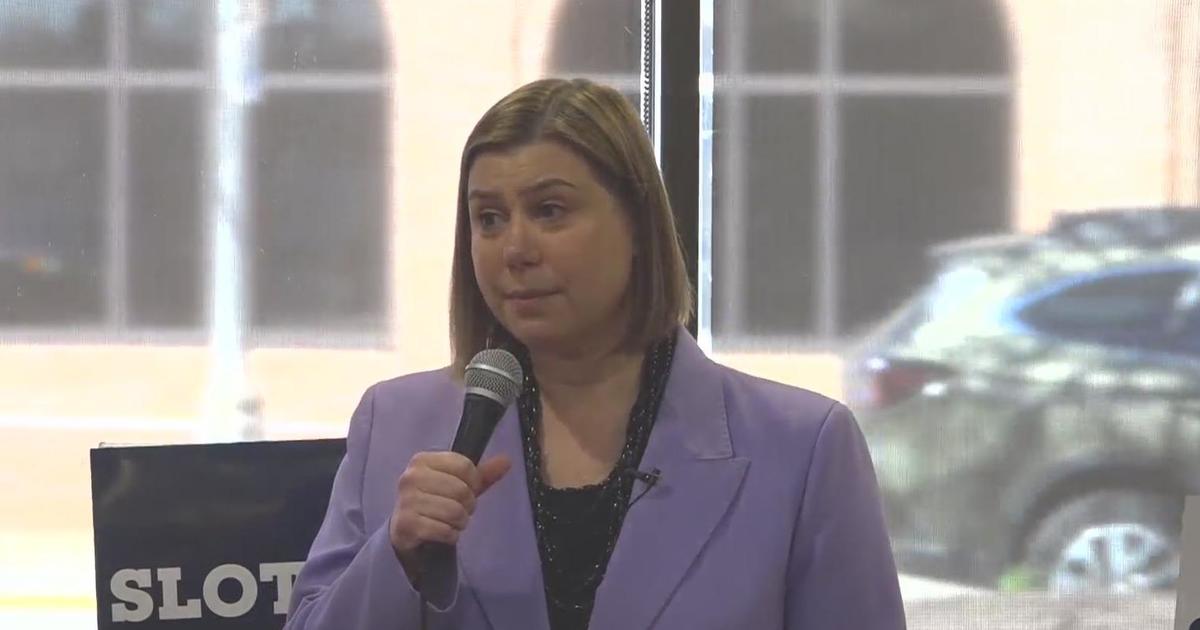BP To Test Pressure On Newly-Sealed Well

BP expects to attach a new, tighter cap to its leaking well later Monday and then testing will be needed before it's clear if the oil has stopped spilling into the Gulf of Mexico.The new cap, known as "Top Hat 10," was about 300 feet from the point where it's supposed to connect with the leaking well, said BP Chief Operating Officer Doug Suttles in a Monday morning news briefing.
Suttles was careful to keep expectations grounded, stressing that once the cap is in place, it will take days to know whether it can withstand the pressure of the erupting oil and feed it through pipes to surface ships. The cap and vessels together make up BP's plan to stop oil from spewing into the Gulf for the first time since April 20.
Special Section: Disaster in the Gulf
"Until we have the cap on, securely fitted in place, and know it's operating per the design, we have to recognize this is a complex operation," Suttles said.
Once the cap is firmly in place, the company will begin "shutting in" the well by closing perforated pipe at the top. The company will be looking to see if the pressure rises under the cap. If it does, that means there are no other leaks, and the cap is stopping oil from leaking into the Gulf.
"The hope is that we can slowly turn off the valves, close the capping completely and then test pressure to see how the well is performing," Thad Allen, the government's point man on the disaster, said on CBS' "The Early Show."
But lower pressure readings may indicate leaking elsewhere in the well. In that case, Suttles said, the company will work to collect the leak with surface vessels and by dropping yet another cap on top of the stack.
The testing should last about 48 hours, Suttles said.
Even if the tests show the cap is blocking oil from getting into the waters of the Gulf, the leak will continue to spew until a permanent fix is reached.
BP still has to finish work on a relief well that's intended to allow the company to pump heavy drilling mud and cement into the busted wellhead, plugging it for good.
Work on the new cap has been moving briskly, with the old, leaky cap coming off the well on Saturday. One snag in the operation has been a delay in the startup of a vessel called the Helix Producer, which is supposed to connect to the well by a link below the cap, ultimately collecting roughly 1 million gallons of oil a day.
The ship was supposed to begin collection Sunday, but two minor technical glitches prevented that, Suttles said. He expects the ship to begin Monday, reaching full capacity within two days or so.
While the re-capping operation is underway, the previous cap had to be removed — meaning all of the oil is escaping unfettered until the new cap can be installed. Still, the chance to capture all the oil was a welcome bit of news 83 days into the environmental and economic disaster that has fouled the Gulf and its fragile coastline.
After more than two months of failed efforts, there remains a healthy dose of skepticism among those who live and work along the coast.
"At this point, there have been so many ups and downs, disappointments, that everybody down here is like, 'We'll believe it when we see it,"' said Keith Kennedy, a charter boat captain in Venice, Louisiana.
BP is drilling two relief wells so it can pump mud and cement into the leaking well for a permanent fix.
Also Monday, BP said in the Securities and Exchange Commission filing that the cost of the response to date has risen to roughly $3.5 billion. That includes the cost of the spill response, containment, relief well drilling, grants to the Gulf states, claims paid and federal costs.
The oil company said the overall cost includes nearly $165 million paid to settle individual claims. BP said that by Saturday, it had received 105,000 claims and made more than 52,000 payments. BP shares rallied in London on reports it may sell some assets.
The company says it is still too early to estimate the final total of costs and compensation.
Once the new cap was placed atop the well it was expected to provide a tight seal that should eventually allow the oil giant to capture all of the leaking crude for the first time since the April 20 oil rig explosion set off the environmental crisis. But prior failed attempts to stop the leak have made BP careful to keep expectations grounded.
BP has tried and failed to counter the leak with a giant concrete box over the well, mud and shredded rubber pumped into it and a pipe to siphon the crude. A converted supertanker specially equipped to skim huge amounts of oil from the surface has been hampered by bad weather.
Gulf residents and politicians reserved judgment about BP's latest effort and said damage already done to the environment, fishing and tourism will haunt the region.
"I'm not a scientist, but I know a lot of people are praying that they get that flow stopped," said Florida Governor Charlie Crist, who was attending a Jimmy Buffet beach benefit concert Sunday in Alabama.
Roughly 81,000 square miles (210,000 square kilometers) of federal waters in the Gulf have been closed to fishing since the beginning of the disaster, about 44 percent of the total.
The well has been gushing largely unchecked since an old, leaky cap was removed from the wellhead Saturday afternoon to make way for the new one.
BP senior vice president Kent Wells said Sunday afternoon he's pleased with the progress, but hastened to add the operation was still expected to last another two to five more days.
Officials won't be satisfied the cap is working until they've run tests on whether it can withstand the tremendous pressure of oil pushing up from below the seafloor.
Asked during a conference call if the new cap and collection efforts would end the spilling of oil into the Gulf, Wells said only that BP will capture all the oil "at some point."
The new cap will be aided in containing the leak by the arrival of the Helix Producer, a vessel that should be able to take in about 1 million gallons (3.8 million liters) of crude per day after coming online. The Helix connected to flexible pipes from the well Friday, and crews have been running tests since then.
Ultimately, the plan is to have four vessels collecting oil from the leak with a combined capacity of about 2.5 million gallons to 3.4 million gallons (9.5 million liters to 13 million liters) a day — enough to capture all the oil leaking, if federal estimates are right. Getting all the vessels on the task will take about two to three weeks.
The new, tighter cap is not intended to be the permanent solution to the problem.
Relief wells are being dug for the final fix, a "bottom kill" in which heavy drilling mud and cement are pumped in from below the broken wellhead.
BP and government officials have said the relief wells are expected to be completed sometime around mid-August.
© MMX, CBS Interactive Inc. All Rights Reserved. This material may not be published, broadcast, rewritten, or redistributed. The Associated Press contributed to this report.



